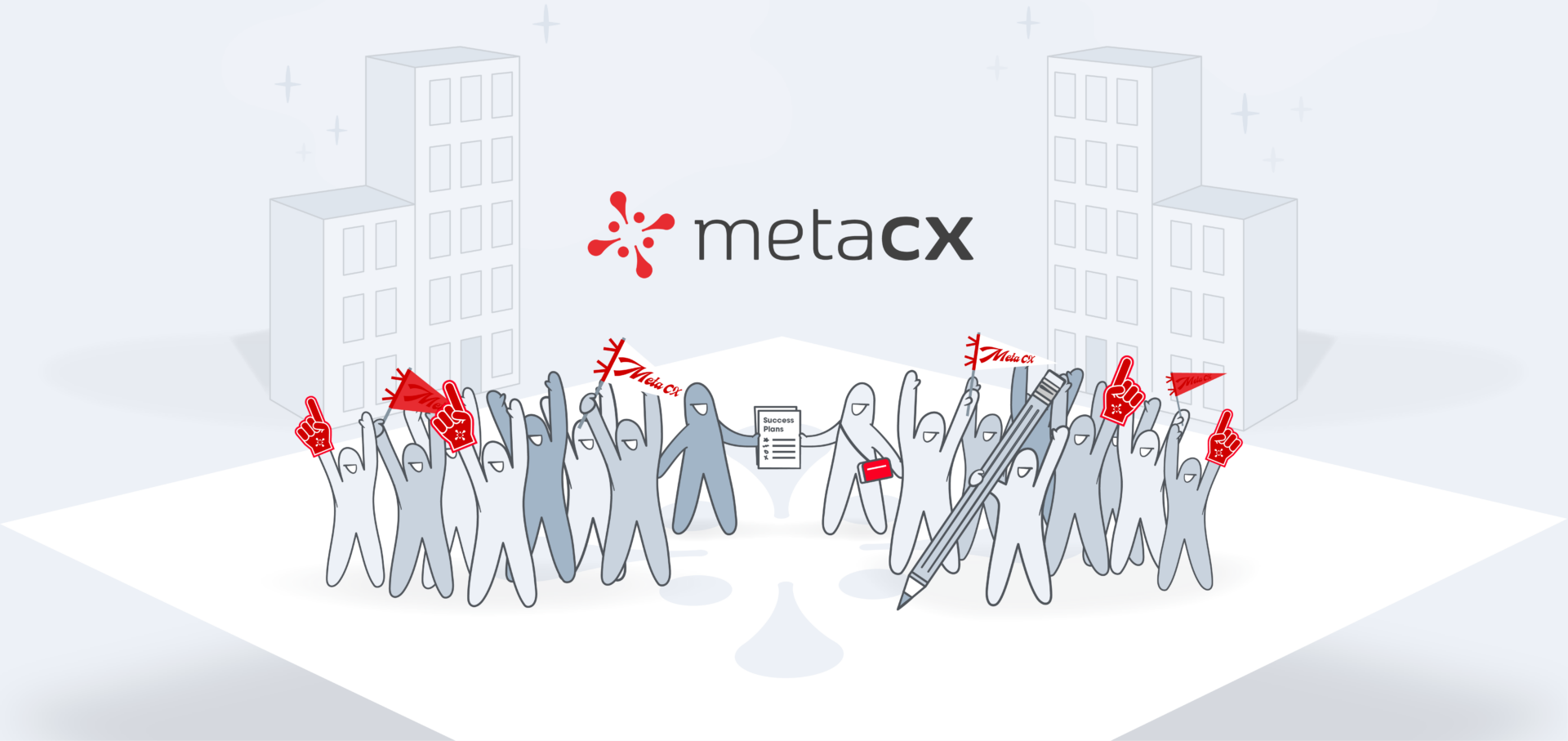MetaCX emerges from stealth mode with a new president and a go-to-market launch date
MetaCX, a customer lifecycle management software startup, has been operating in what founder Scott McCorkle calls “stealth mode” since the company was founded at Indianapolis-based High Alpha Studio more than 17 months ago. Despite securing $14 million in funding led by Los Angeles-based Upfront Ventures and a natural curiosity about what the former ExactTarget president and Salesforce Marketing Cloud CEO was up to with this new venture, the firm has eschewed media attention in favor of proving its model and moxy with 18 targeted SaaS clients. Until now.
On April 28, McCorkle broke his silence and announced that former Gartner chief of research and Pendo CMO Jake Sorofman is the new president of MetaCX. McCorkle also confirmed that an official go-to-market launch date is set for June 9, 2020.
Sorofman is a “big get” for the startup. He was instrumental on the leadership team that took SaaS vendor Pendo from its startup roots to a in Raleigh, NC, to a global category leader with a $1 billion valuation. Prior to that, he helped shape the entire digital marketing landscape as an influential analyst at Gartner.
“Scott got in my head with MetaCX in a way that I simply had to be a part of what he’s building. We worked together in past roles—he’s a smart, low-ego and thoughtful visionary—so I already had this affinity for working with him,” Jake said. “But I also recognized myself in the problem that we’re solving. I’ve experienced it. I’ve lived it. It’s real. So all those things just kind of lined up and made it a no brainer for me”
The vision for MetaCX is big and bold and audacious, but the problem and the company’s solution to it is very straightforward. “We’re resolving this long standing misalignment between SaaS suppliers and buyers because, too often, the driving force of the relationship is getting a deal done instead of tangibly and measurably delivering on the business outcome the customer cares about,” Jake said.
MetaCX software provides a leap forward in how the sales cycle is managed by allowing the sales team on the supplier side to collaborate with their prospects in a shared digital space to define what success should look like from the outset. Discovery questions lead to the definition of desired outcomes and, which become the basis for how the customer relationship is managed. Because MetaCX makes these measurable, it provides proof of the software’s performance, which greatly reduces (or maybe nearly eliminates) churn at renewal time.
“Too often, companies botch the handoff after the deal is done, which means that the entire customer relationship begins on the wrong foot.,” Jake said. “There’s this cognitive dissonance with SaaS that sets in post-sale and you’re forever digging out of a hole because the salesperson didn’t relay the goals and outcomes to the onboarding and customer success teams. Defining those outcomes, handing them off in a coordinated way, and then lighting them up with data to show proof of performance is how we’re resolving that dissonance.”
Jake explained that the value delivered is always going to matter to customers, even when they are buying based on personal relationships or the potential promise of something new.
“I’ve observed this evolution of the subscription economy that’s dominated the software industry since cloud computing became ubiquitous, to what I think is becoming the performance economy,” Jake said. “I genuinely believe that’s where we are today, particularly in this economy. And, frankly, I don’t think we are going back.”
Using MetaCX, SaaS companies can shine a light on the impact they are having on their customer’s business, proving the effectiveness of the platform or solution. By proving performance, renewals are seamless and instead of worrying about churn sales teams can watch as customers “pour gas on the fire” and invest more in the relationship.
“Undoubtedly, there are companies out there creating lots of value for customers, but they can’t measure it,” Jake said. “That creates doubt—and where there’s doubt, there’s always risk that-that customer is going to churn. So without the level of transparency and alignment that MetaCX provides, you face two bad options. Option number one is that your solution is not delivering value. Option number two is that it is and you just can’t measure it. I’d much rather know I deliver value and watch the customer pour gas on it.”





